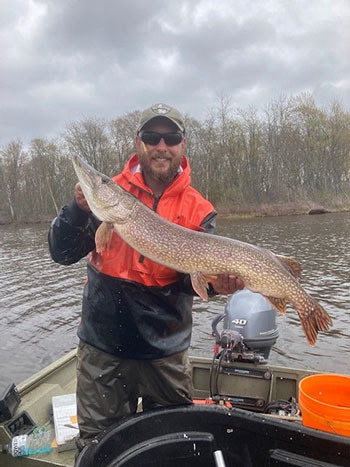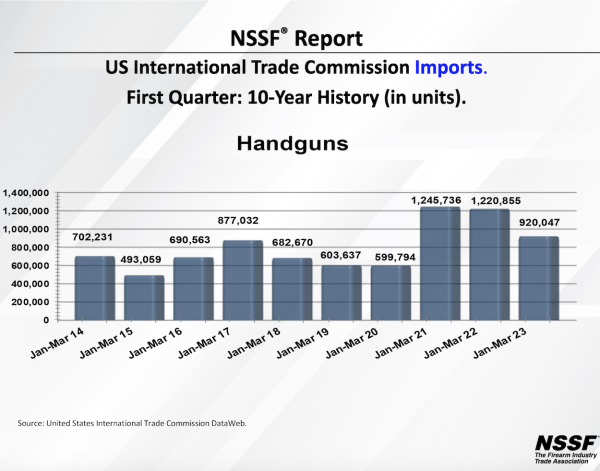DNR inland fisheries surveys are critical to management in Michigan; more than 270 completed in 2022

If you spent any time on the water last year, chances are you saw Michigan Department of Natural Resources fisheries management units busily completing more than 270 fisheries surveys across the state. Specifically, crews completed 172 surveys of Michigan’s inland lakes and 99 surveys of Michigan’s streams.
The surveys are useful for tracking inland fisheries populations, evaluating stocking efforts to increase angler opportunities, or addressing concerns from anglers throughout the year.
Collecting key data on one of Michigan’s world-class fisheries is critical for successful management of our diverse fisheries resources. So just what are crews looking for?
According to Jim Francis, DNR Fisheries Division Lake Erie basin coordinator, surveys fall into three categories:
-
- Evaluating management actions.
- Understanding status and trends.
- Finding answers to new questions or concerns.
“The management units stepped up this year and were able to safely conduct inland fisheries surveys to evaluate if management actions, like fish stocking or habitat improvement projects, had the desired effect,” Francis said. “Surveys help us understand whether or not our management actions resulted in better recreational fishing in certain areas or improved a lake’s overall health.”
Other annual surveys help managers track the status and trends of fish communities and important aquatic habitat on different lakes, providing a picture of these lakes geographically and over time.
Streams throughout the state are handled a little differently, through two types of status and trends surveys: fixed sites and random sites.
“At fixed sites, we annually estimate fish population abundance – usually trout in coldwater streams and smallmouth bass in warmer waters – on a three-year rotation, while random site surveys are intended to give a species snapshot and show relative abundance,” Francis said. “The DNR collects in-stream habitat data at all status and trends sites.”
Fisheries managers use the third category, discretionary surveys, to answer questions or address current concerns, perhaps something raised by a local biologist, an angling group or a lake association. Such surveys, typically accounting for 50% of the department’s annual survey effort, might be conducted to assess habitat suitability for a threatened and endangered fish species.
“No matter the type of survey, DNR fisheries managers use the resulting information to strategize their actions, detect early indicators of invasive species, recognize developing threats to fish and habitat health, and much more,” Francis said.
If you’d like to learn about the DNR’s lake and stream surveys, especially in your part of the state, contact the fisheries management unit in your area.
Contact: Jim Francis, 517-242-3593






